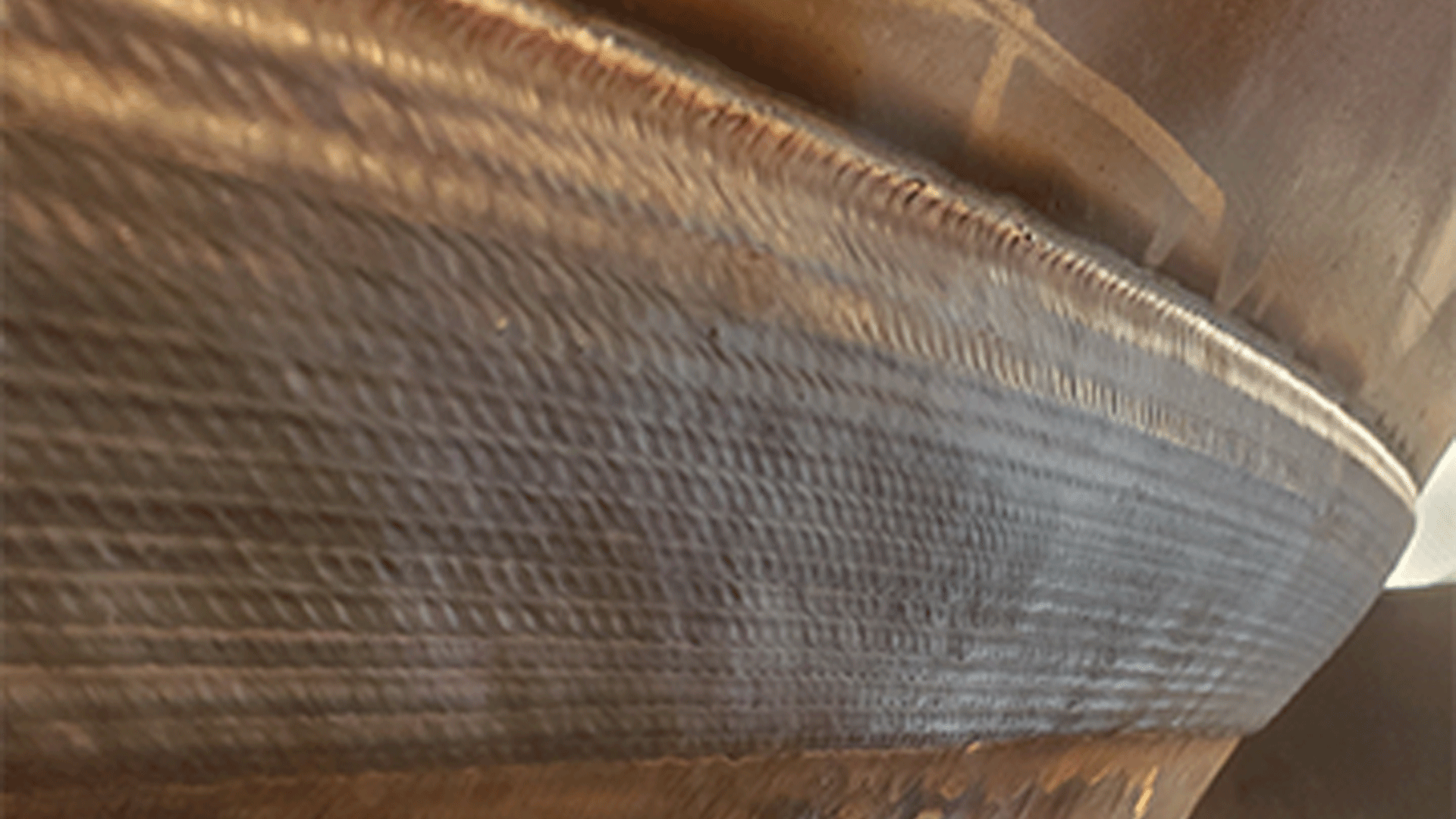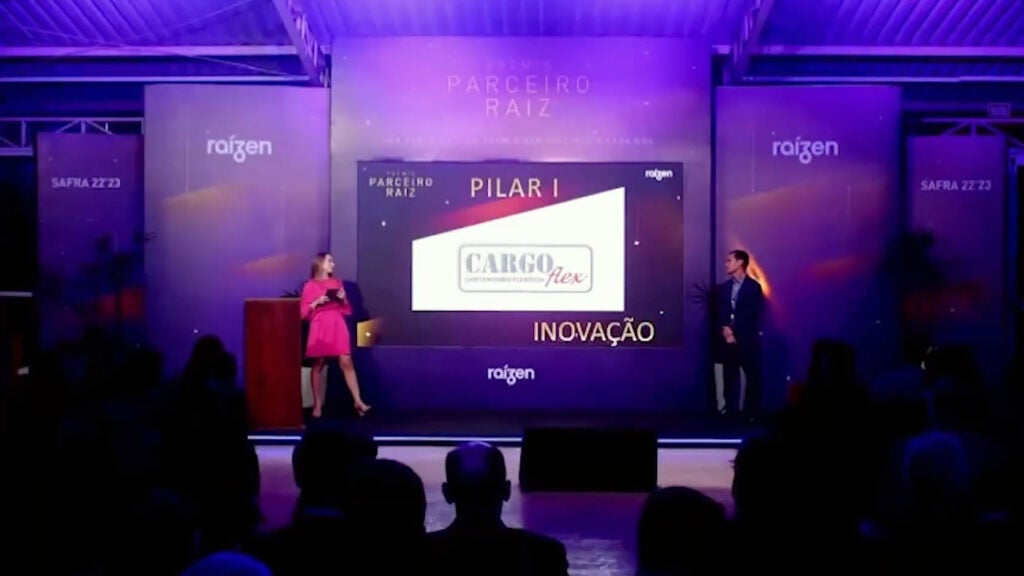The necessity for converting heavy oils is increasing.
In the last decade, tremendous increases in demand of petroleum product and various other factors has caused coke drum installation, modifications and cycle times to have increased as well. Delayed coking plays a significant role in modem refineries because the process can handle even the heaviest of residues.[1] Its flexibility permits refiners to process a wide variety of crude oils but the operational life of the coke drum is much shorter in comparison to other equipment in the refinery due to high heating and quenching cycles that refinery vessels are not typically exposed to. New technologies such as automatic un-heading devices have entered the market, and this has created the need to modify the coker vessels to facilitate their installation.
Automated un-heading devices require flow be injected into the side of the coke drum cone.
The heated feedstock enters one of a pair of coke drums where the cracking reactions continue. Resid can enter the drum through bottom feed injection, side feed injection inlets, dual feed injection inlets or center feed injection systems. Each of the injection methods utilized as well as modifications to the un-heading devices all require that the coke drum cone section be modified in some way, requiring welded or bolted installations. In the cases of welded connections, the widely accepted method historically has been shielded metal arc welding (SMAW). The welded connections using SMAW for cone modifications present operators with a myriad of challenges. SMAW is more prone to microscopic weld discontinuities that are not readily detectible by the required volumetric inspection methods. These discontinuities can, over time, increase the risk of fatigue induced cracking. Due to the hydrogen in the flux coating on welding rods, the presence of hydrogen can be transitioned to the weld metal and/or Heat Affected Zone (HAZ) leading to a form of cracking known as hydrogen‐induced cracking (HIC). This form of cracking is also commonly referred to as “hydrogen‐assisted cracking” (HAC) or “cold cracking” since it occurs at or near room temperature after the weld has cooled.[2] Therefore, 48 hour hold periods after the section of weld is completed are required in order to ensure that cracking has not initiated.
WSI’s HP GTAW™ Machine Welding for Coker Cone Modifications
WSI’s HP GTAW™ provides weld deposits with superior volumetric and mechanical properties versus SMAW. The mechanical properties achieved improve ductility which make the finished weld less susceptible to fracture under low cycle fatigue conditions. WSI’s machine HP GTAW™ welding technology combines unparalleled deposition rates with superior weld puddle control, thus delivering the highest weld quality with far less personnel risk in the congested work areas of the cokers. By utilizing a proprietary system of wire pre-heating, precise dabbing mechanics, and tightly controlled parameters the HP GTAW™ process decreases porosity, improves grain refinement and is significantly less susceptible to weld imperfections in large field joints. This provides superior weld quality with increased production rates with reduced risk of failure, in short, faster, safer and better than the currently used conventional methods.
WSI – The World Leader in Coking Unit Life Extension
Whether the coker needs to be repaired as an emergency or during a planned turnaround, WSI has unparalleled innovative leadership in the coking unit backed by proven results. WSI has the world’s largest portfolio of coker life extension projects and qualified procedures to handle coking unit specific challenges. Find out more about our coker life extension solutions and engineered technologies at WSI.
[1] James G. Speight PhD, DSc, Fouling in Refineries, 2015
[2] John C. Lippold, Welding Metallurgy and Weldability, 2014.



